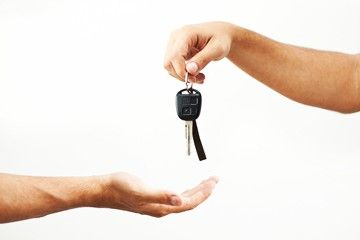 Each state in the U.S. has some type of car breathalyzer or ignition interlock requirement for drunk driving convictions. Ignition interlock devices serve two purposes:
Each state in the U.S. has some type of car breathalyzer or ignition interlock requirement for drunk driving convictions. Ignition interlock devices serve two purposes:
- Offenders are still able to drive, so they can keep their job, stay in school or otherwise retain the freedom they had before your conviction.
- The court is assured that while an offender is driving, they are not a danger to themselves or others on the road, because they’re sober behind the wheel.
So, why don’t ignition interlock programs work?
Ignition interlock programs DO work, and they work well.
The National Highway Transportation Safety Administration (NHTSA) recommends ignition interlock programs in all states because of the effectiveness in reducing the rate of drunk driving incidents. Mothers Against Drunk Driving (MADD) also recommends ignition interlock programs in all states, for all offenders. The devices and programs reduce the rate of drunk driving by 67%, and they allow you to rebuild your life after a drunk driving conviction. While you may not be thrilled to have an ignition interlock requirement, the purpose of the device is clear and you’re probably not going to drink and drive again. That’s a much better outcome than continuing to risk the lives of others on the road.
Much of the opposition to ignition interlock programs isn’t related to how effective the programs are, it is about the costs involved in establishing the program guidelines, any education and training involved, and administrative resources for monitoring the devices. However, if you look at the overall cost of a drunk driving accident in terms of taxpayer money, lost wages, medical issues and the like, the financial benefit to establishing and strengthening the programs seems a wiser investment.
Ignition interlock programs work, and they work well. Perhaps it is time for us to all start working together and encourage more of these life-saving programs, rather than continuing to allow the devastation that drunk drivers cause.

 After a DUI in Virginia, What Happens to Your License?
After a DUI in Virginia, What Happens to Your License?